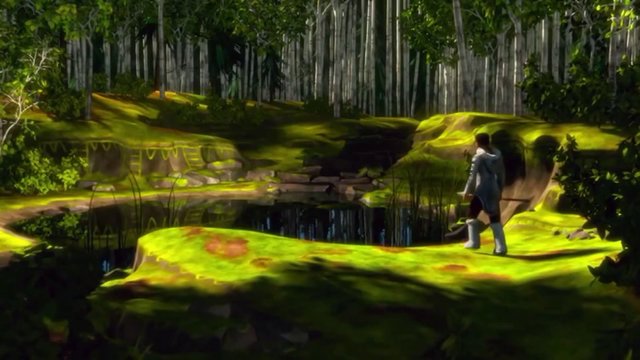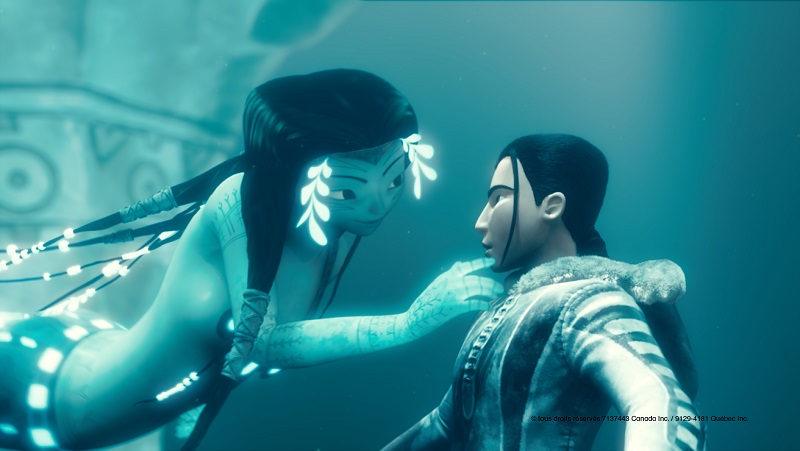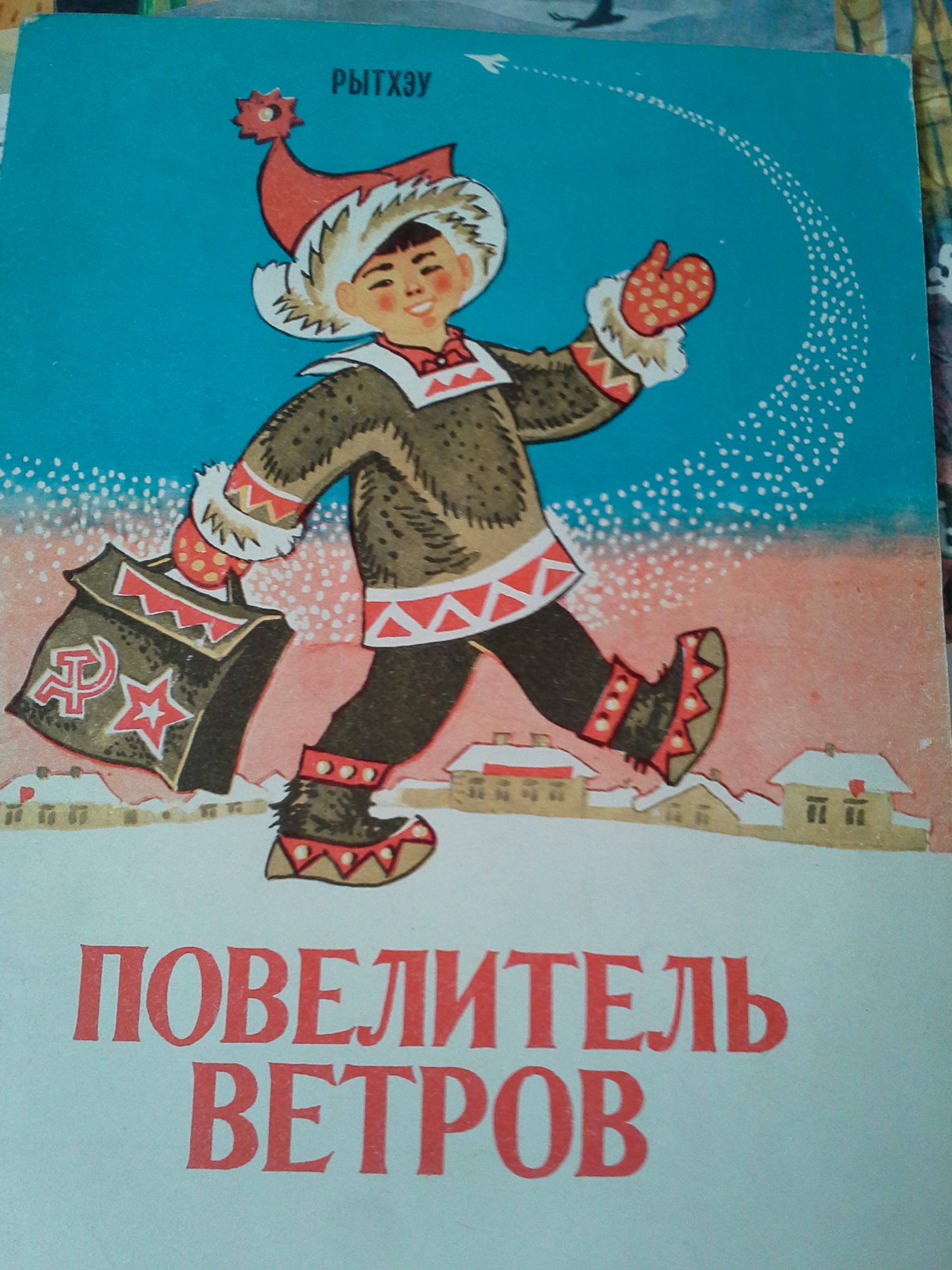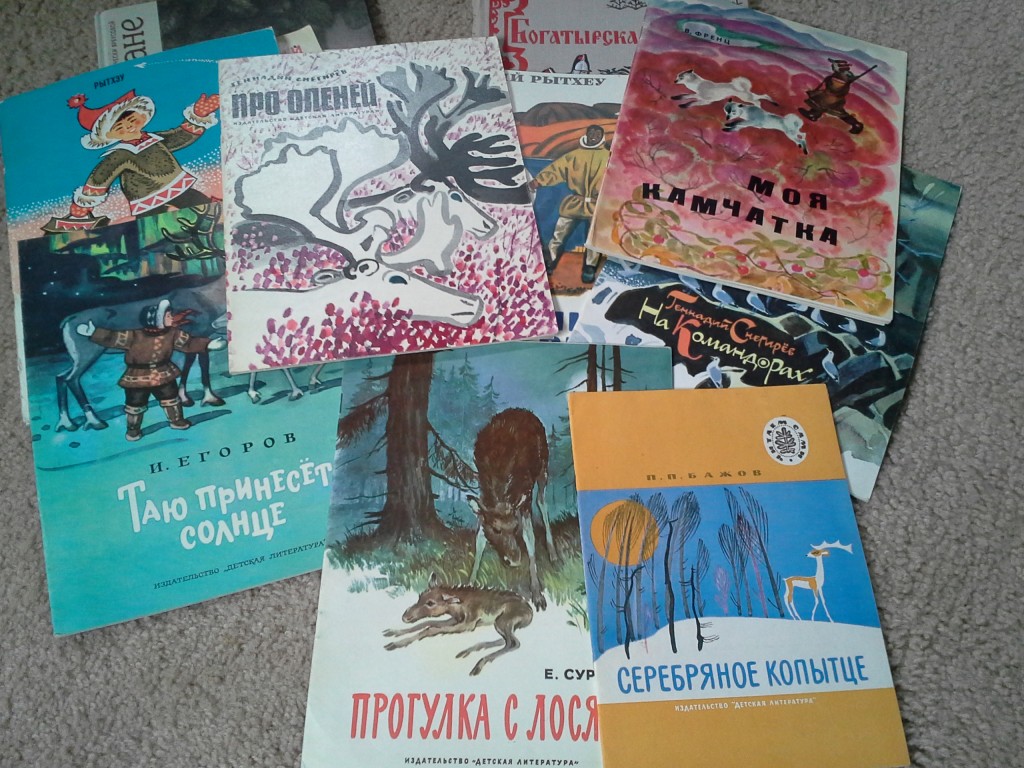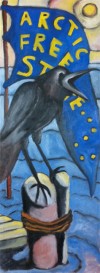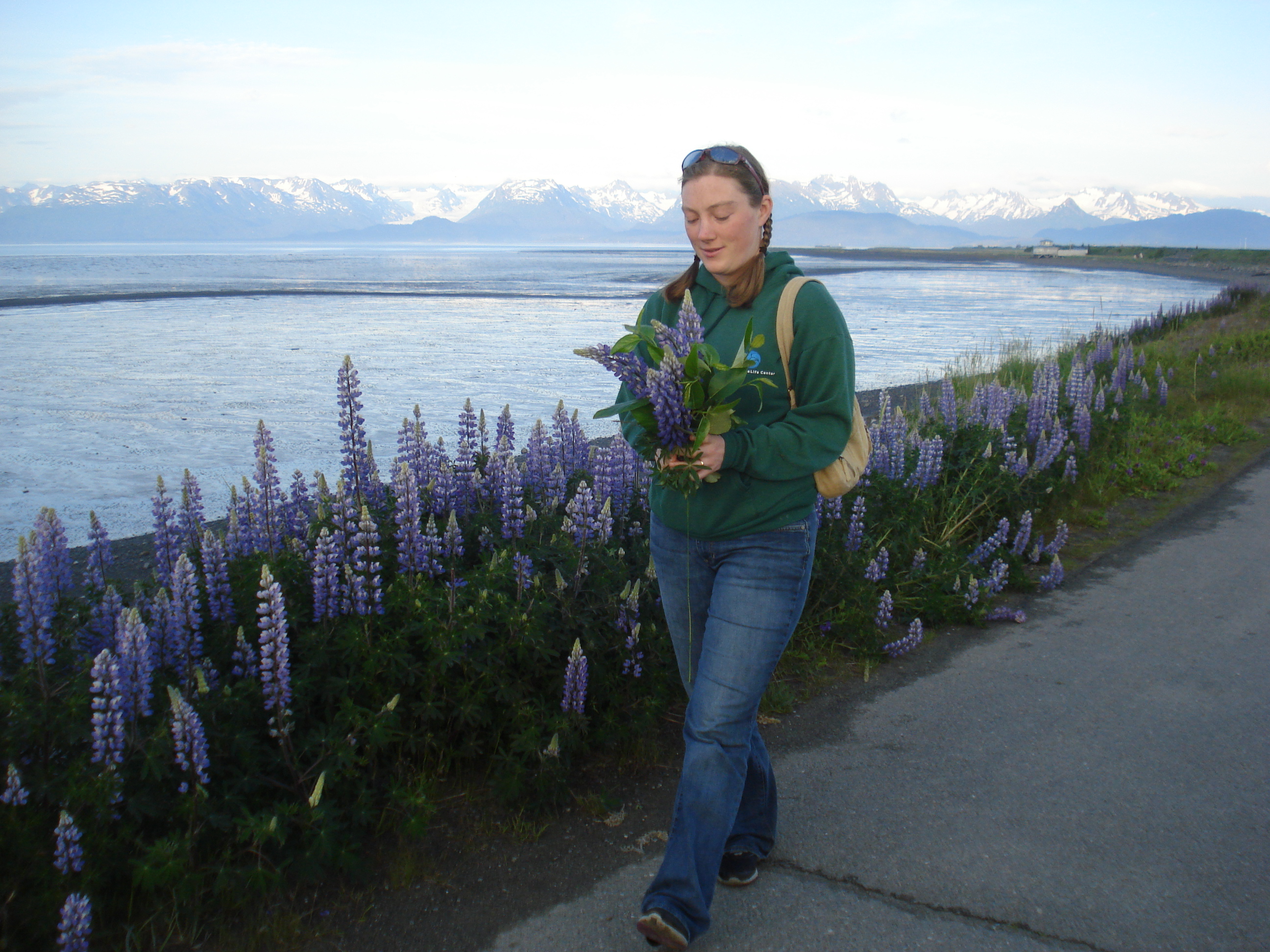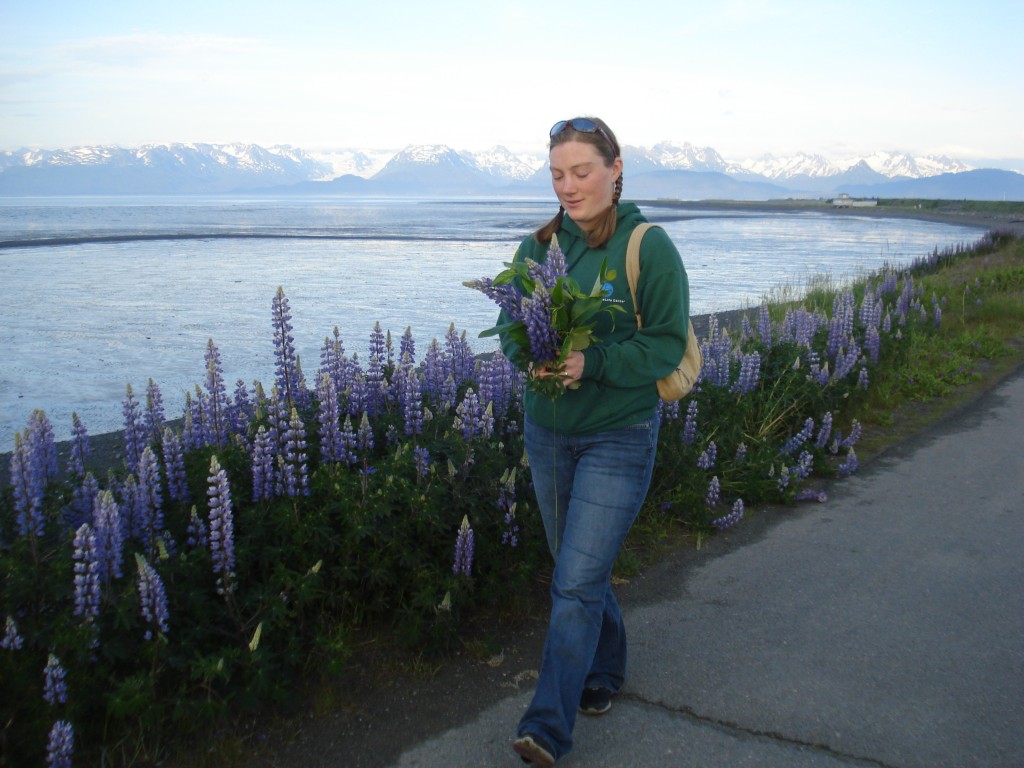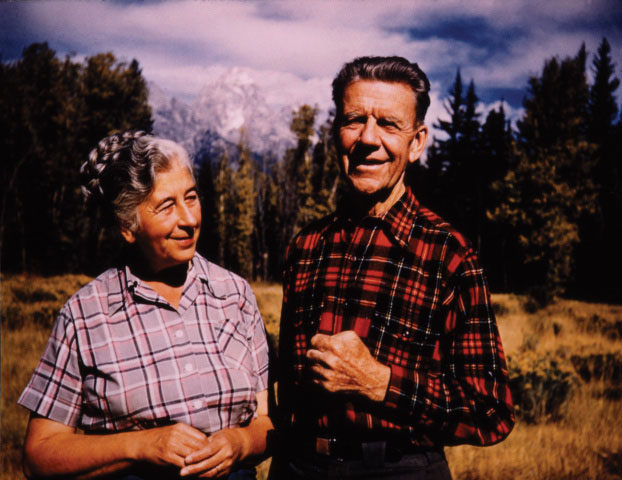
It’s November again and I am Nanowrimoing my little heart out, so I’ll be reposting a few things from way back when, and concentrating on the new novel climbing out of my head.
While I have recently spent a lot of time and thought on women in martial arts history, there have been women pioneers in other areas as well, something I was ruminating on in the summer of 2006.
Today I failed to give my seat to an older woman on the bus. Now don’t get me wrong — I tried. She was probably sixties-ish, wearing a wide-brimmed straw hat and a cream-colored scarf with orange flowers on it tied around her neck. The bus the was full. I got up, I offered my seat.
“Oh, no,” she said, continuing toward the back. “You’re more tired than me, I can guarantee it.”
“All right,” I said, and sat back down, feeling rather awkward. I was on my way home from work, I was pretty obviously dressed for biking, but riding the bus, I did a kayaking trip this morning… but how was I obviously more tired than she?
The bus merged onto the freeway, headed north to the University district. I glanced back, she was standing just before the snake joint, looking unconcerned. I was afraid to make eye contact, but I noticed the line of a muscle in her arm as she swayed to the side.
Yesterday I was reading a book of essays called Going Alone: Women’s Adventures in the Wild. I believe the title is quite self-explanatory. One of the essays was called “In the Tracks of Old Ones,” by a Geneen Marie Haugen, who writes about an overnight backpacking trip with her two dogs, and reflects on being an aging woman in the outdoors.
I was already witnessing how some women my age were extricating themselves, in increments, from the outdoor experience. First, no more swimming naked; then, no more submerging the face or hair. First, no more backpack trips without a man. Then, no more backpack trips at all. Then, no more sleeping on the ground. Then, no more sleeping outdoors. I was terrified that this would happen to me, this slow and seemingly inevitable closing down that apparently had less to do with physical ability than with preset cultural programming.
A woman who’d heard I was going backpacking asked, “Geneen, how old are you? Don’t you remember how hard that is?” I couldn’t bear to believe that a time would arrive when what I remembered about large or small adventures was that they had been difficult, uncomfortable, or frightening, when I forgot that joy had always balanced, if not outweighed, the pain.
Last weekend, when I was hiking with my boyfriend, he was telling me about a professor, several times married, who he had once overhead complaining to someone, “Once they hit fifty, you can’t get them to sleep outside anymore.” The last time I can concretely remember my mother sleeping outside, she was 48. If I’m not old yet, is it too early for me to start resolving that I will still sleep outside occasionally after fifty? After seventy? Will I stop enjoying the gentle sensations of swimming naked?
What happens to athletic women who get old? Growing up in Alaska I heard plenty of tales of the grizzled old backwoods men, the fishermen, the homesteaders who kept right on going into their eighties, until that last fall, that last storm, or until younger descendents coerced them into dotage, but not nearly as much about women who had followed the same trails.
Geneen writes about being passed over by saleswomen in the mountaineering store she’s been shopping at for twenty years:
For some time now, not one had asked if I needed assistance, or even appeared to notice when I was in the shop. I suppose one adapts to being a cellophane-woman, but I wasn’t there yet, and I was still surprised–no, shocked–to find that if I approached, the clerks would eye me skeptically, as if to ask: What could you possibly need in a mountaineering store? A woman might be accustomed to dismissal from a “go big or stay home” kind of man, but these youthful Amazons did not seem to realize the trail had been partially broken for them by older women adventurers–women who might, in fact, still occasionally need a topo map or a new pair of boots for a hobble into the wildish world.
The woman I tried to give my seat to got off at the first stop in the University disctrict. “That was very kind of you,” she said as she passed me.
“Thank you,” I mumbled.
“But young people are allowed to be tired, too.”
“I suppose so,” I said, still quietly, still feeling confused and awkward. I decided she must be psychic, and somehow knew that tomorrow is the first day of the Seattle to Portland bike ride, and that I’m planning on getting up tomorrow morning and starting off at 6 am for 125 miles.
I also considered the fact that she may very well have been right, that being younger did not make me less tired than she. Perhaps she was someone like Geneen describes, a woman who, despite a proper upbringing and a fondness for wearing silk scarves, goes on white water rafting trips, or maybe horseback expeditions in Patagonia, and I am simply a naive young Amazon, unaware of the trail-blazing Amazons who have come before me.
I met another old woman today, who was probably much closer to eighty than to sixty. My place of work, besides sending people out in kayaks, also rents bikes and skates. Last week we got a bunch of landrollers, which have two large wheels and can go over grass. I haven’t tried them, I haven’t really tried rollerblading. But this old lady was looking at the landrollers, and finally asked me about them. I told her the spiel as I know it, and we started talking. When she was younger, she said, she roller-skated everywhere. When it was cold and snowy outside in the winter, she would skate in circles around the dining room table. ‘My mother had a linoleum floor,’ she said proudly.
‘Where did you grow up?’ I asked. (It doesn’t get snowy in Seattle.)
Minnesota.
It sure was nice, she said, to see the young people out on the skates, but she was too old for it anymore. She shuffled away, and I went back to cleaning kayaks.
Geneen has a number of examples of women who refused the cultural programming that would keep them from swimming naked or sleeping outside:
In 1924, Mardy Murie honeymooned by dogsled up Alaska’s Koyukuk River with wildlife biologist Olaus Murie, with whom she worked passionately on behalf of wilderness. When I told Mardy–who, with Olaus, was largely responsible for establishing the Arctic National Wildlife Refuge–that she was one of my heroes, she said, “Why? All I did was follow that man.”

Once, upon returning from backpacking in the Beartooth Mountains, I ran into Mardy’s dear friend Inger Koedt, who’d also just come home from backpacking. When I asked where she’d been, she named a lake high in the Tetons, far from any established trail. Inger reported that her trip had been altogether fine except that in one particularly exposed spot she had asked her son to rope her up for safety. Inger was past eighty at the time.
The more I think about it, actually, the more examples I know myself. I have a great aunt who was a ski instructor in Colorado in the 1950s, and who is still more prone to expeditions than vacations in her seventies. Another friend was recently telling me about her great aunt, who started kayaking in her sixties, and goes on a yearly paddle trip. One year to Iceland, one year to Alaska, one year to South America… Back home in Alaska I recall the example of Frederica de Laguna. Her obituary in the New York Times probably best describes her exemplariness in this context: “An authority on Alaskan prehistory, Dr. de Laguna was part of the first generation of women to succeed in the rough-and-ready, ultramasculine world of early 20th century field archaeology.”
In the meantime, I’ve googled Geneen Marie Haugen. She doesn’t appear so old as I might have thought. Young enough to still roller skate, should she so choose. Young enough that I wouldn’t think to offer my seat on the bus, but obviously old enough to make me think about whom I offer it to…
Incidentally, she also began her essay with the best canine description I have seen in a long while: “It was eighty-eight degrees in the shade when I locked the car and staggered toward the trail with my dogs. They had big paws and cold noses, but it was all a disguise. I knew their true identity: happiness in fur coats.”
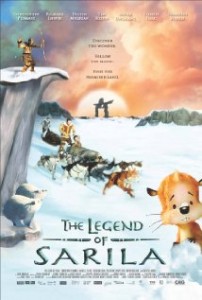 Recently I found a kid’s film called “The Legend of Sarila,” which takes its inspiration from the Canadian arctic.
Recently I found a kid’s film called “The Legend of Sarila,” which takes its inspiration from the Canadian arctic.